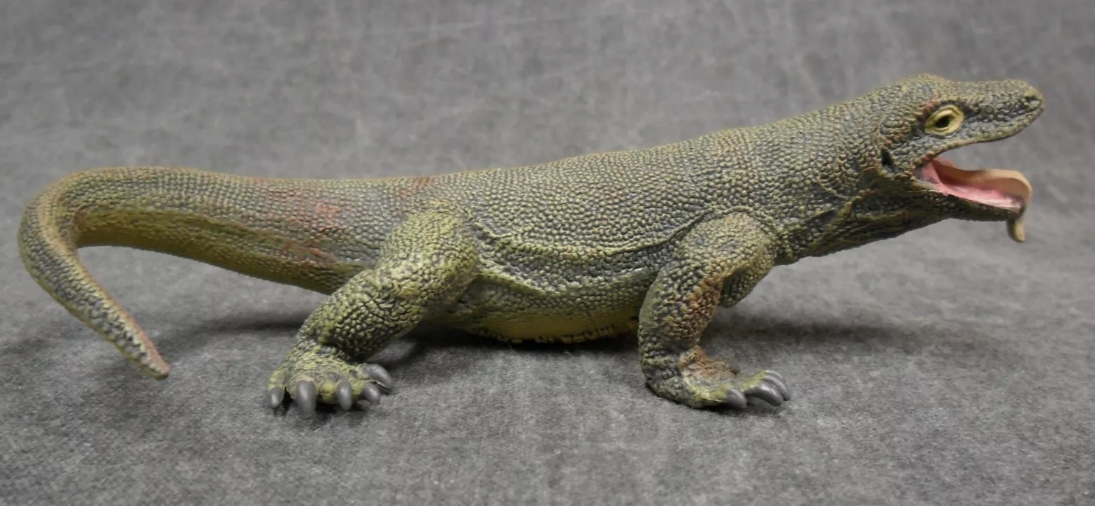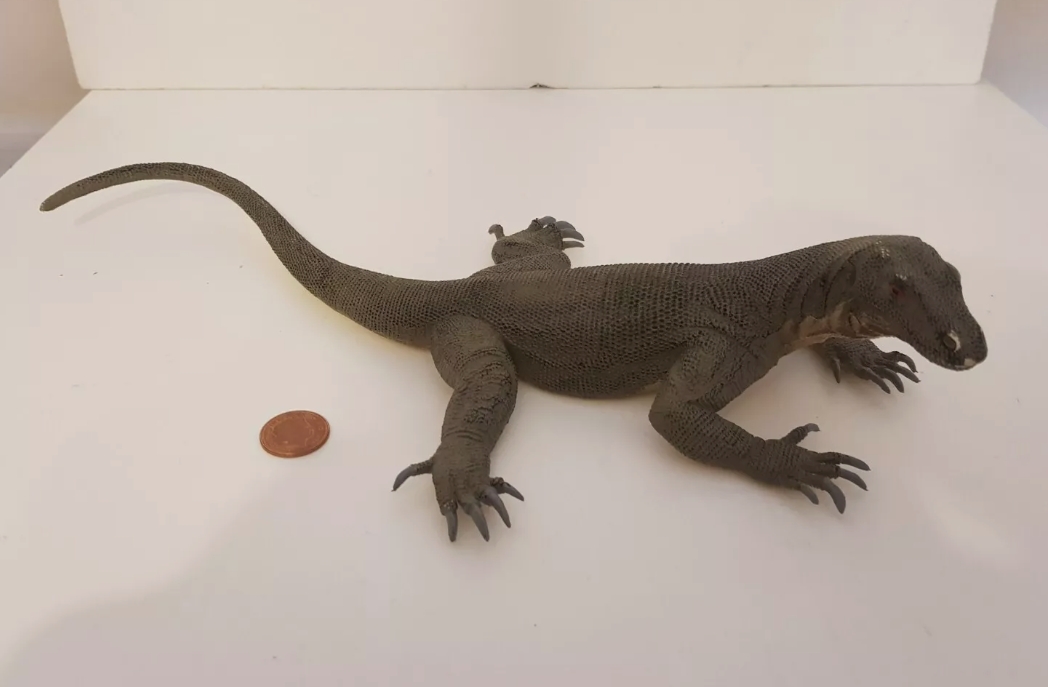The Komodo dragon is a unique and striking creature whose large size and hunting methods earn it a place among reptiles. As the largest lizard in the world, an adult can reach 3 meters in length and weigh more than 70 kilograms. This lizard is known for its stout body, strong limbs and sharp claws. Their skin is covered with thick scales that give them a dark camouflage effect, making them easy to camouflage in their habitat.
Carnivore is one of the Komodo dragon's most distinctive characteristics. They feed on small mammals, birds and other reptiles, and even prey on their own. These lizards usually hunt in ambush mode, hiding in the environment and suddenly attacking when prey approaches. Their bite is so powerful that they can easily tear apart the flesh of their prey. In addition, Komodo dragon saliva contains a variety of bacteria, making it often difficult for prey to survive after its bite. After being bitten, prey often die of infection, making it a tasty meal for Komodo dragons.
Komodo dragons also breed in a unique way. Females usually mate at specific times of the year and lay 10 to 30 eggs in the nest. The eggs hatch in a warm environment for about eight months. When young lizards are born, they tend to live independently and seek their own way of survival. Due to their long life cycle, they can usually live to more than 30 years old and are adaptable and able to survive in a variety of environments.
Despite being at the top of the food chain,Komodo dragons face threats to their survival due to habitat destruction,dwindling prey and climate change. Hunting and illegal trade have also had a severe impact on the population. In order to protect this unique species,scientists are actively studying its ecological habits and proposing corresponding conservation measures in order to create good conditions for future survival. The Komodo dragon is one of the most remarkable creatures on Earth,demonstrating biodiversity and the complexity of ecosystems.




